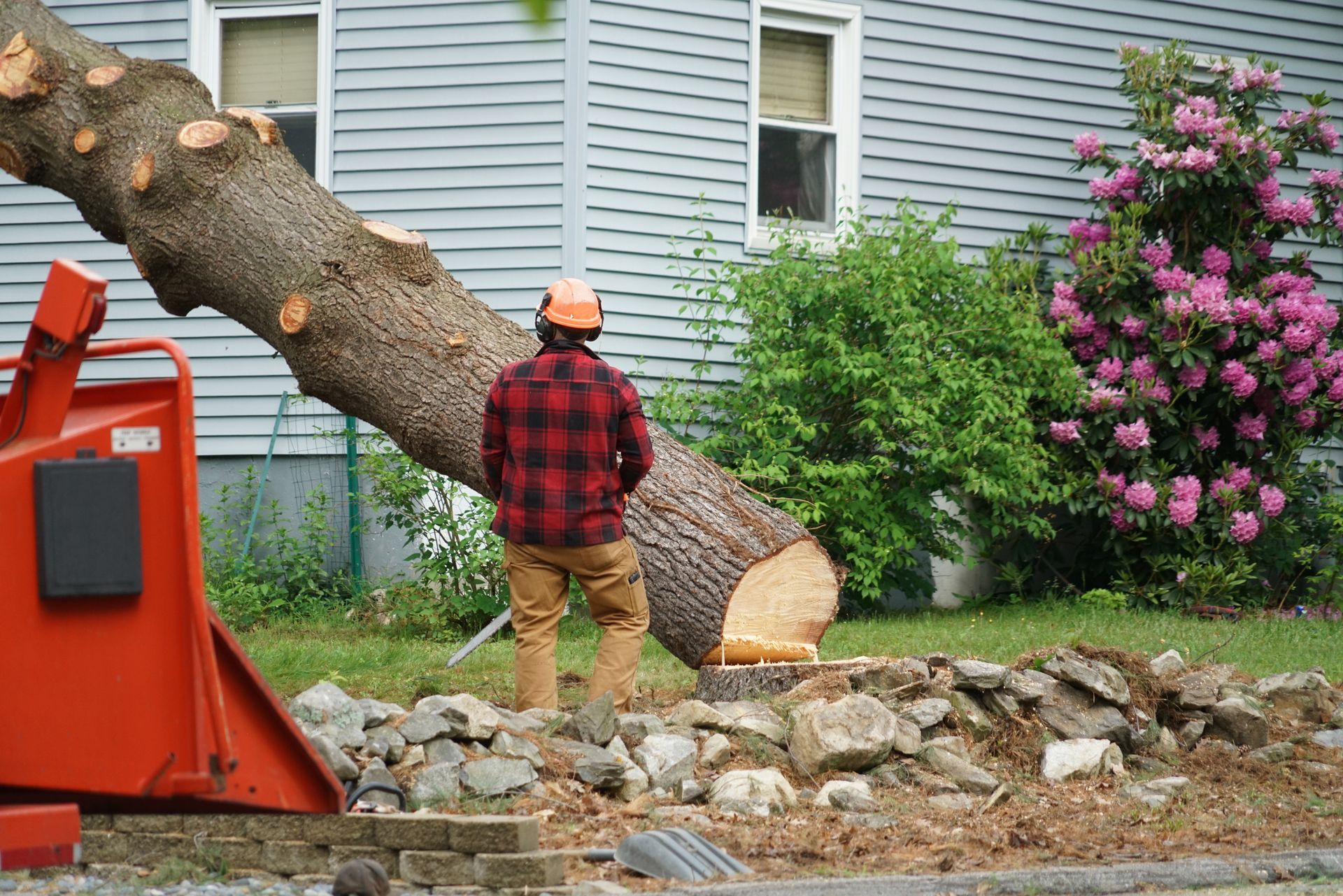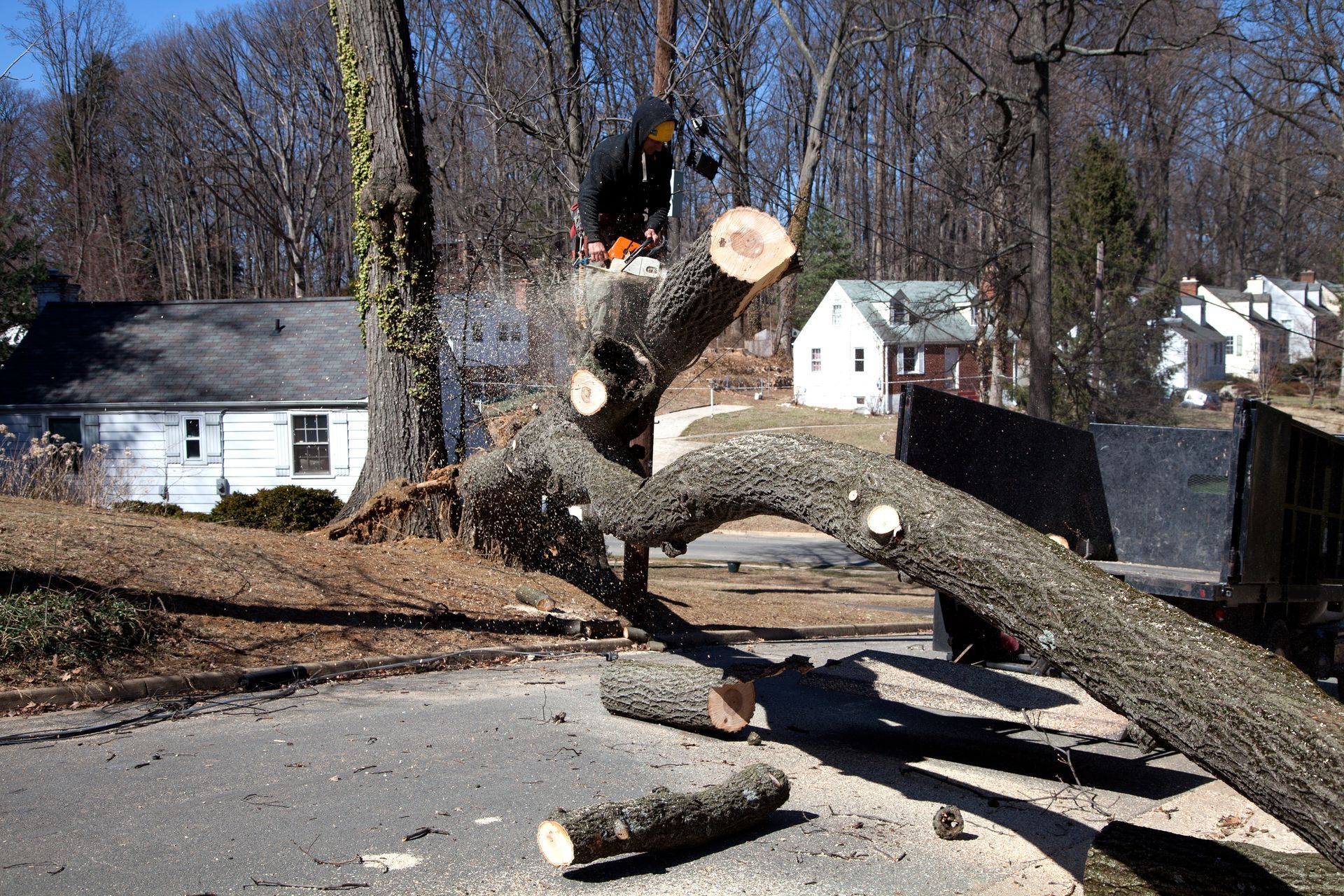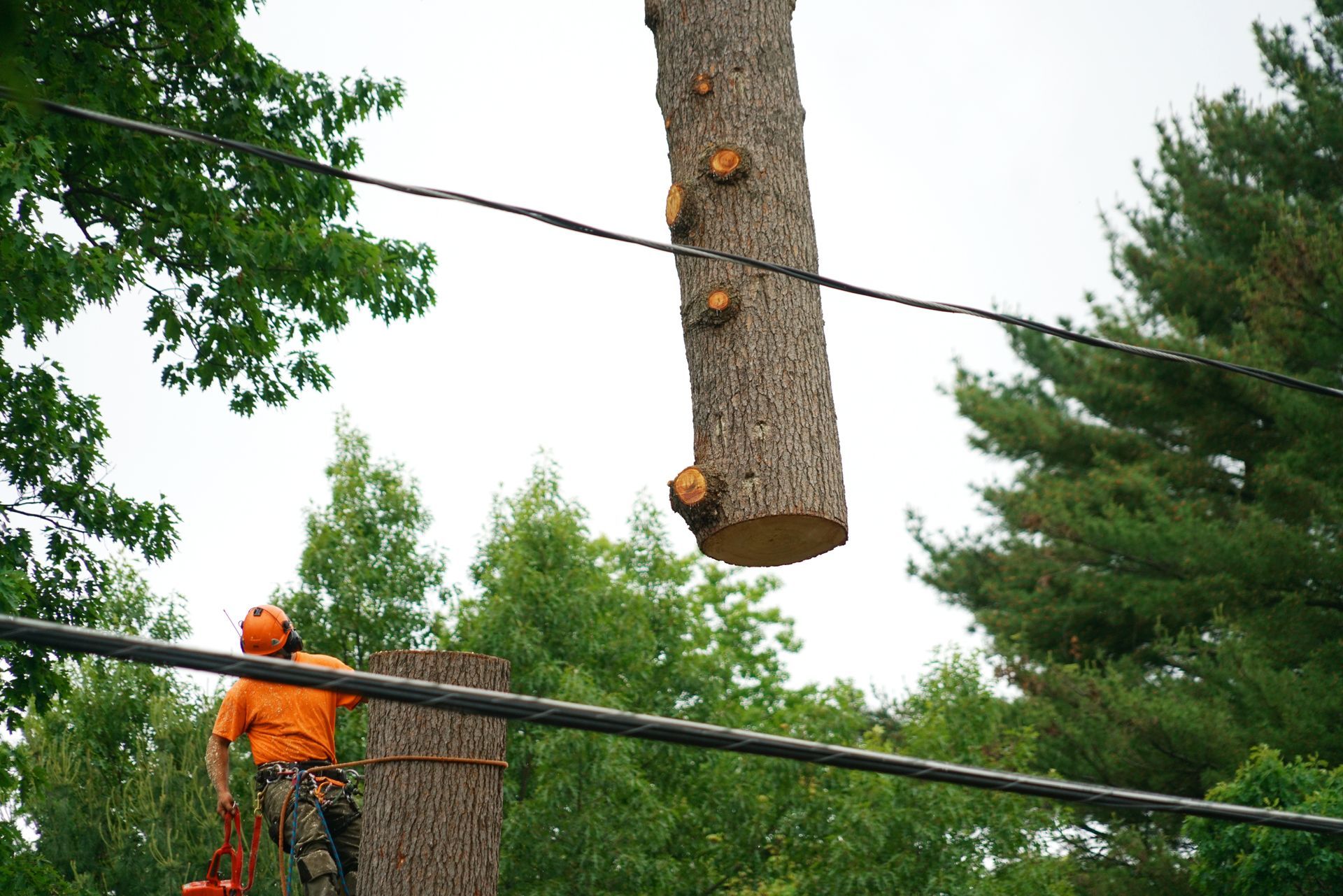Tree Removal Services
How Tree Removal Affects Soil Health and What You Can Do to Maintain It
Tree removal, while often necessary, can significantly impact soil health. The absence of tree cover can lead to soil erosion, as roots that once held the soil in place are no longer present. Additionally, trees contribute valuable organic matter to the soil, and their removal can reduce soil fertility. The disruption of soil structure and microbial ecosystems further complicates the situation, affecting plant growth and soil quality.
To mitigate these effects, immediate post-removal actions are crucial. Begin by addressing soil erosion with measures like ground cover planting and mulching. Erosion control blankets can also be beneficial. Enhancing soil fertility is equally important; adding organic matter, such as compost or mulch, can replenish nutrients. Conducting soil tests can help you tailor amendments to restore balance and improve fertility.
Improving soil structure through methods like deep tilling or aeration can also be helpful. Reintroducing beneficial microbes with biofertilizers supports a healthy microbial ecosystem. Long-term maintenance involves regular monitoring of soil health and selecting appropriate plants to stabilize and enrich the soil. Implementing sustainable landscaping practices, such as using cover crops and companion plants, can further support soil vitality.
By taking these steps, you can ensure that soil health is preserved and even enhanced after tree removal, promoting a thriving landscape for the future.
Get a free quote
Contact Us
We will get back to you as soon as possible.
Please try again later.


How to Prepare Your Property for a Safe and Efficient Tree Removal Service
Preparing your property for tree removal is crucial to ensure a safe and efficient process. Here’s how to get ready:
Assess the Tree and Surrounding Area: Begin by inspecting the tree for potential hazards, like leaning branches or close proximity to structures. Evaluate the area around the tree, noting power lines, fences, and other obstacles that could complicate removal. Understanding the tree’s fall direction helps in planning a safe removal.
Clear the Work Area: Move vehicles, patio furniture, and other items from the vicinity. Clear away any debris, such as branches or garden tools, and use barriers to protect valuable landscaping and garden features.
Inform and Coordinate with Neighbors: Let your neighbors know about the tree removal, especially if it’s near property lines. Ensure that access routes are clear and discuss any potential disruptions with them.
Arrange for Permits and Permissions: Check local regulations to determine if a permit is needed and secure any required permissions from authorities or homeowner associations.
Prepare for Safety: Contact utility companies to mark underground lines and keep pets and children away from the work area. Provide a clear path for the removal crew.
Communicate with the Tree Removal Service: Review the removal plan with the professionals, confirming details such as date, time, and any special considerations.
By following these steps, you can help ensure a smooth and safe tree removal process, protecting both your property and the professionals involved. For expert assistance, contact us to schedule your tree removal today.
Facing a tree emergency?
We're here to help, day or night.
Top 10 Most Dangerous Trees to Have Near Your Home
Trees add beauty and value to properties, but some species can pose significant risks. Homeowners should be aware of the top 10 most dangerous trees to ensure safety.
- Silver Maple: This tree's brittle wood and invasive roots can damage foundations and sewer lines.
- Bradford Pear: Known for its weak branch structure, it easily splits during storms, causing potential damage.
- Eucalyptus: Highly flammable and prone to dropping large branches, this tree can be a fire hazard and a safety concern.
- Lombardy Poplar: Susceptible to diseases and having weak wood, this tree can become hazardous quickly.
- Willow: Its shallow roots can invade pipes and foundations, and its branches break easily.
- White Pine: Snow and ice can cause its weak branches to break, posing risks to property.
- Black Locust: With brittle wood and an invasive root system, this tree can cause structural damage.
- American Elm: Prone to Dutch Elm disease, it also has a weak branch structure that can lead to breakage.
- Boxelder: Brittle wood and pest attraction make this tree a poor choice for residential areas.
- Black Walnut: Producing toxic juglone and large nuts, it can harm surrounding plants and damage property.
Homeowners should watch for signs of danger such as leaning, cracks, or dead branches and seek professional assessment. Regular maintenance and, when necessary, removal of hazardous trees can prevent costly damage and ensure safety. Consulting with certified arborists ensures proper handling and care, prioritizing the well-being of both property and inhabitants.
Upgrade Your Landscape with Professional Tree Care!
Location
Call
All Rights Reserved | Tree Service Clarksville TN | Powered by Snapps


